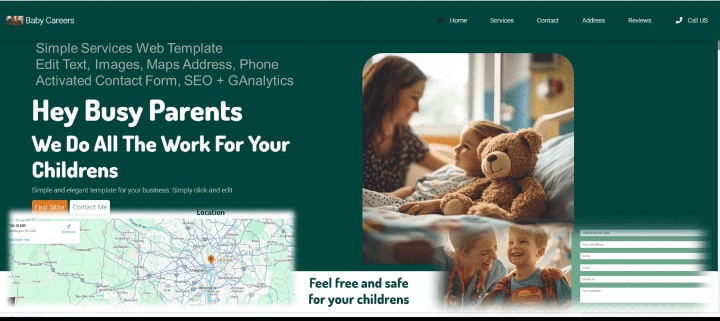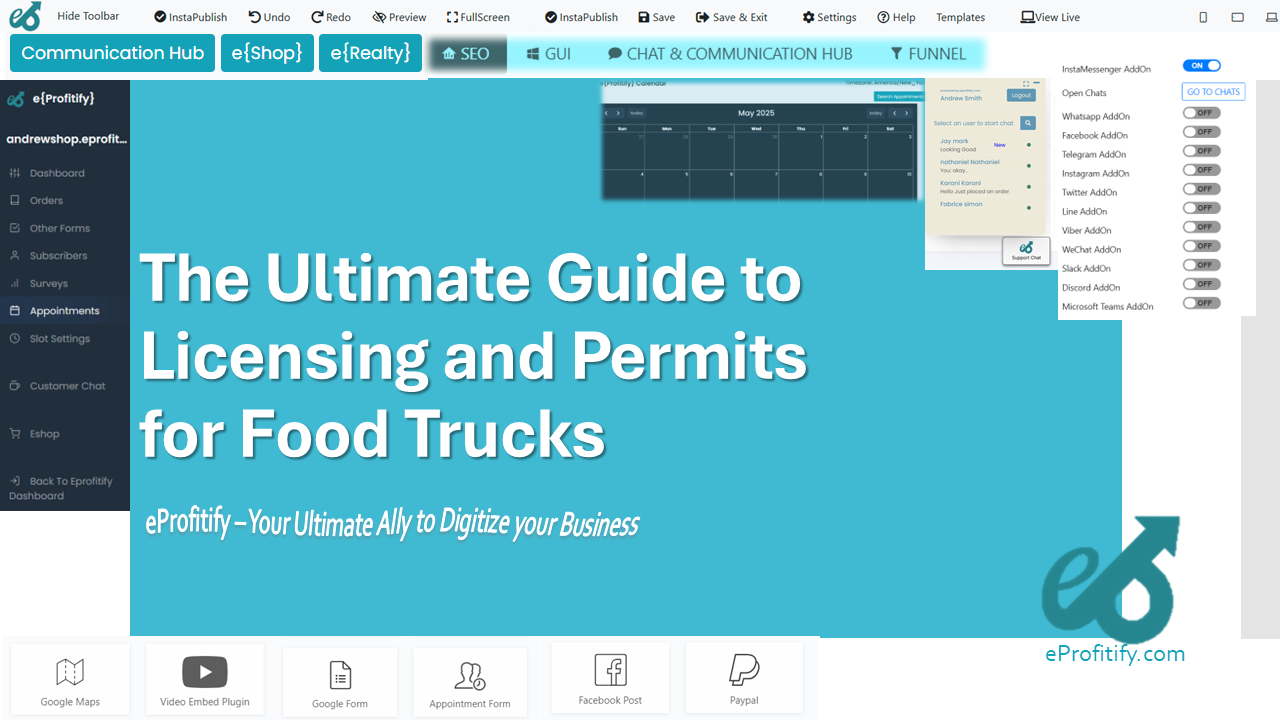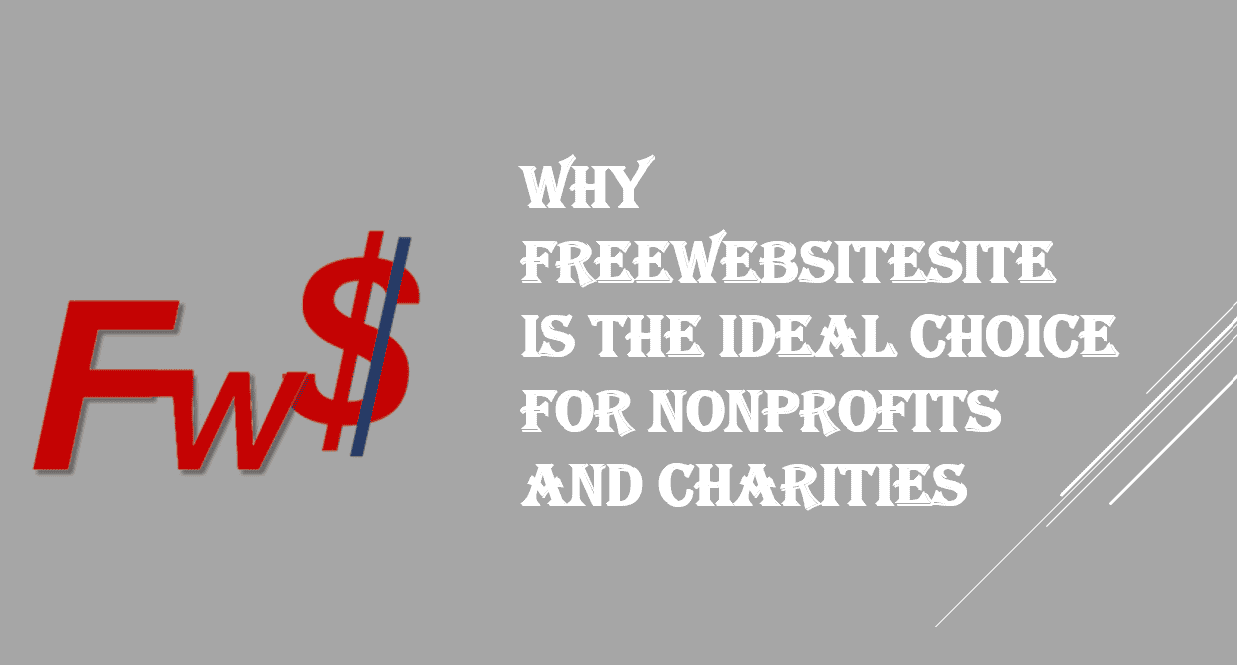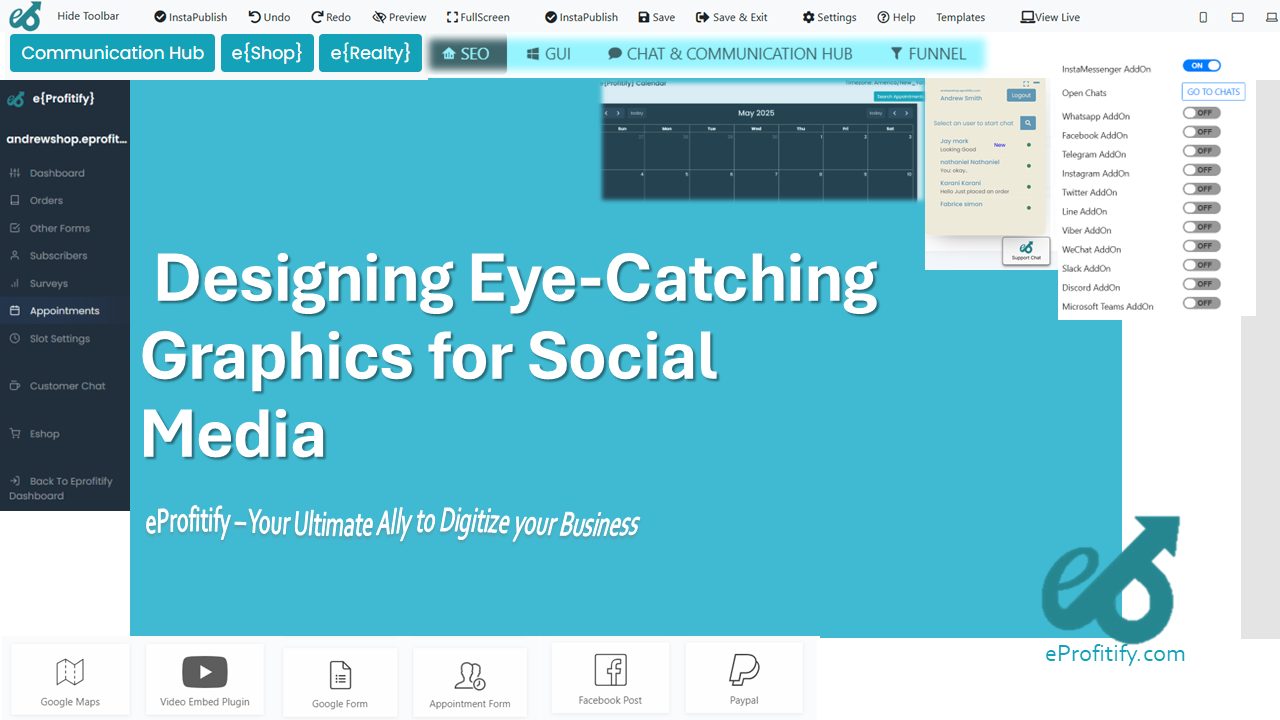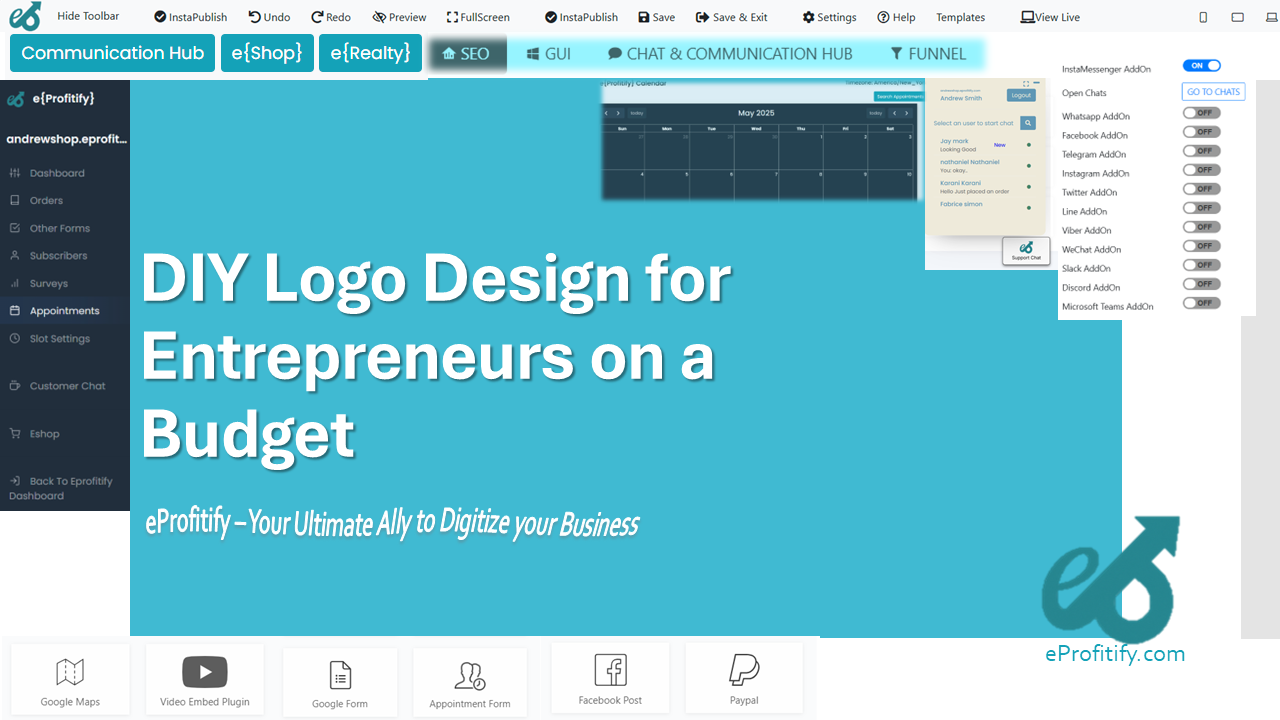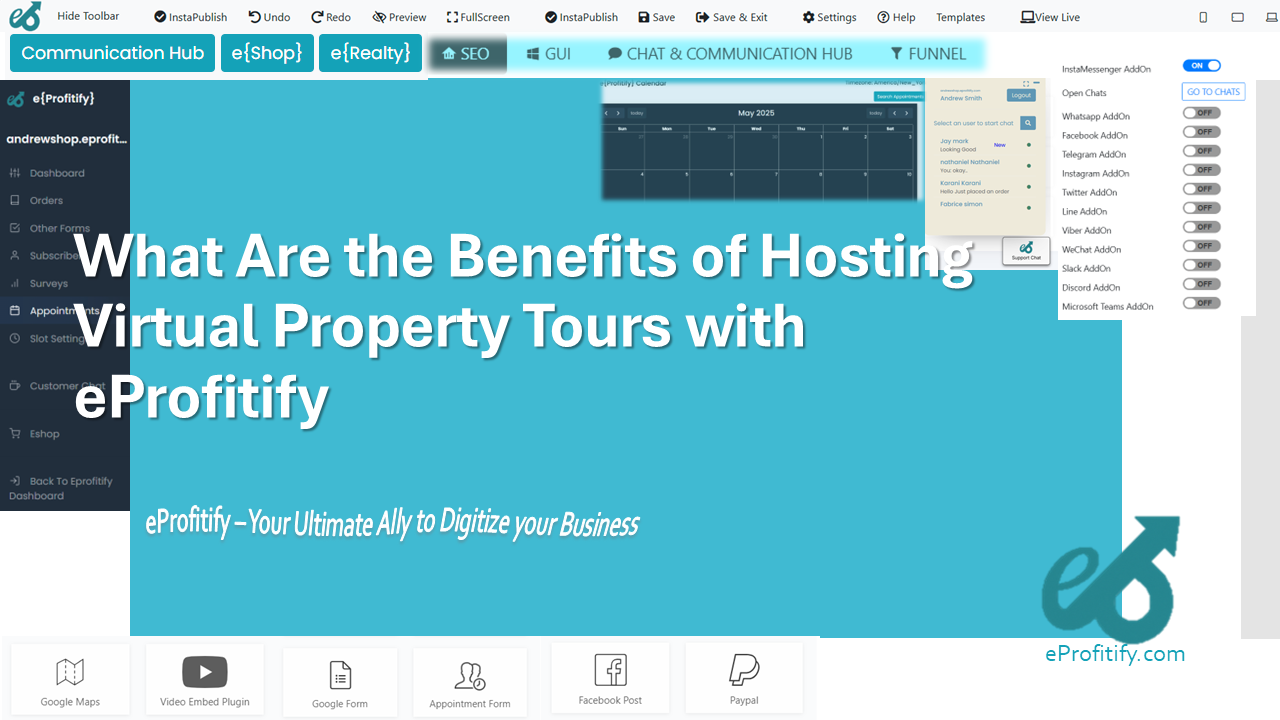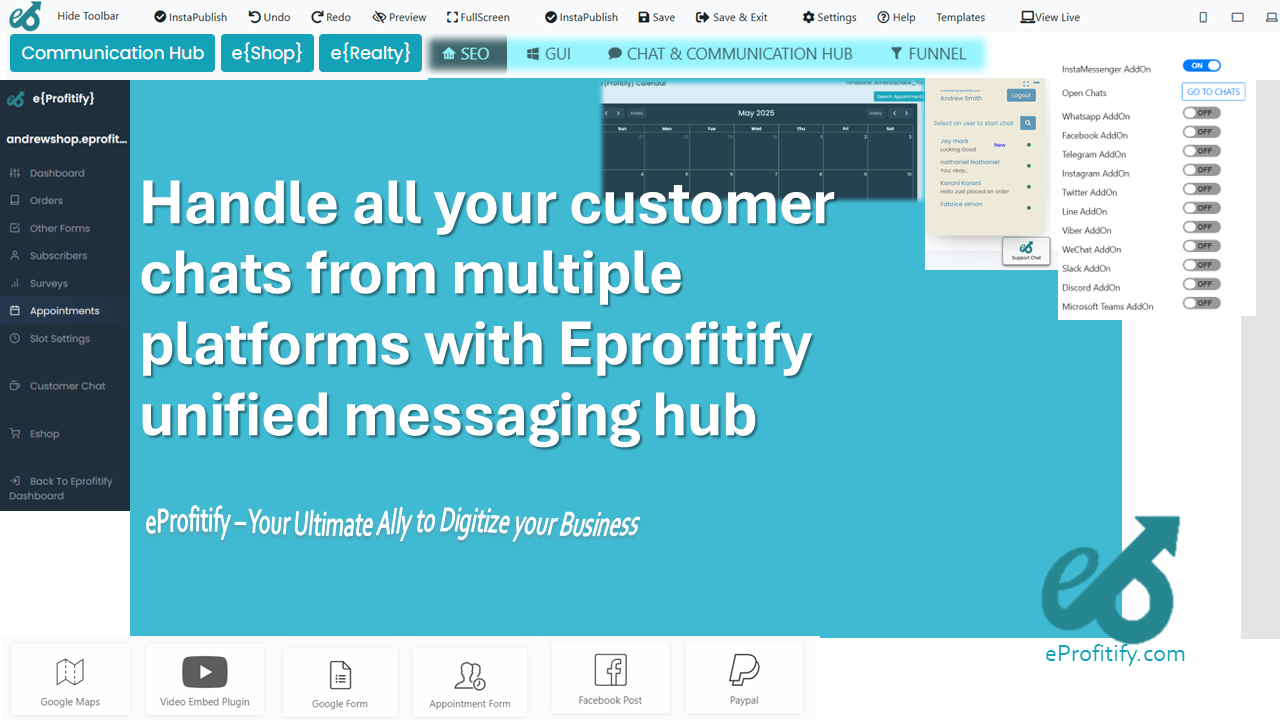Metrics That Matter What to Track in Google Analytics
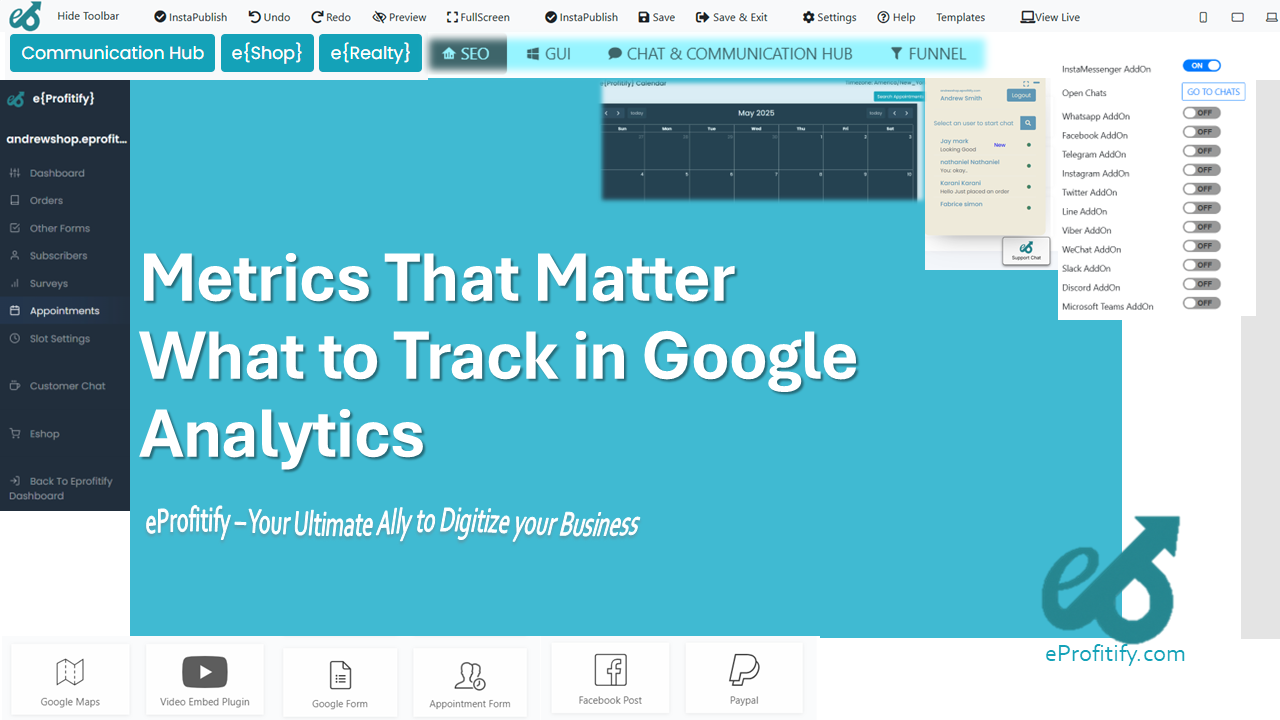
Schedule a LIVE Zoom call with an eProfitify Expert.
Metrics That Matter: What to Track in Google Analytics
In the digital age, data-driven decision-making is the cornerstone of successful online strategies. Google Analytics (GA) remains a powerhouse for tracking website performance, but the sheer volume of metrics can overwhelm even seasoned marketers. To extract actionable insights, businesses must focus on the metrics that directly align with their goals, whether boosting sales, improving user engagement, or optimizing marketing spend. This article dives into the critical metrics to monitor in Google Analytics and explores how platforms like eProfitify—a leading website publishing and management tool—integrate with analytics to streamline operations and drive growth.
1. Bounce Rate: The Engagement Indicator
Bounce rate measures the percentage of visitors who leave your site after viewing only one page. A high bounce rate (above 70%) often signals irrelevant content, poor user experience, or slow load times. Conversely, a lower rate suggests visitors find value and explore further. For blogs, bounce rates of 70–90% are typical, but ecommerce sites should aim for under 50%.
Statistic: According to HubSpot, the average bounce rate varies by industry, ranging from 37% (food and drink) to 65% (news portals).
How eProfitify Helps: eProfitify’s user-friendly design tools and pre-optimized templates reduce bounce rates by ensuring fast load times and mobile responsiveness. Its built-in SEO analyzer guides content improvements, keeping visitors engaged.
2. Conversion Rate: The Ultimate Success Metric
Conversion rate tracks the percentage of visitors completing desired actions, such as purchases, sign-ups, or downloads. Even minor improvements here can significantly impact revenue. For instance, raising a 2% ecommerce conversion rate to 3% boosts sales by 50%.
Statistic: SaleCycle reports the average global ecommerce conversion rate is 2.63%, with industries like finance (5.1%) and healthcare (4.7%) leading.
How eProfitify Helps: eProfitify’s integrated CRM and ecommerce tools simplify funnel optimization. Features like one-click checkout, abandoned cart recovery, and targeted pop-ups directly enhance conversion rates.
3. Average Session Duration: Measuring Content Relevance
This metric reflects how long users stay on your site. Longer sessions indicate engaging content, while shorter ones may point to navigation issues or mismatched audience targeting.
Statistic: Databox notes the average session duration across industries is 2–3 minutes, though B2B sites often see 3+ minutes.
How eProfitify Helps: eProfitify’s content management system (CMS) includes AI-driven recommendations for articles, videos, and product placements to keep visitors hooked.
4. Pages per Session: Understanding User Curiosity
Pages per session reveals how deeply users explore your site. A higher number (3+ pages) suggests effective internal linking and content hierarchy.
Statistic: Retail websites average 3.3 pages per session, while media sites hit 4.5+ (SimilarWeb).
How eProfitify Helps: eProfitify’s dynamic widgets and personalized call-to-action buttons guide users to related content or products, boosting page views.
5. Traffic Sources: Allocating Resources Wisely
GA breaks traffic into channels:
- Organic Search: Traffic from search engines.
- Direct: Users typing your URL.
- Referral: Links from other sites.
- Social: Platforms like Facebook or LinkedIn.
- Paid: Ads (Google Ads, etc.).
Statistic: 53% of all web traffic comes from organic search (BrightEdge), making SEO a top priority.
How eProfitify Helps: eProfitify’s unified dashboard syncs GA data with campaign performance, enabling marketers to adjust SEO, social, or ad strategies in real time.
6. Exit Rate: Identifying Weak Points
Exit rate shows where users leave your site. High exits on checkout pages? Simplify the process. High exits on blog posts? Improve content or CTAs.
How eProfitify Helps: With A/B testing tools and heatmaps, eProfitify identifies friction points. Its appointment management system also reduces exits by letting users book services without navigating multiple pages.
7. Customer Lifetime Value (CLV): Predicting Long-Term Revenue
CLV estimates revenue from a customer over their entire relationship with your business. High CLV justifies higher acquisition costs.
Statistic: Increasing customer retention by 5% raises profits by 25–95% (Harvard Business Review).
How eProfitify Helps: eProfitify’s CRM tracks customer interactions and purchase history, enabling personalized email campaigns and loyalty programs to boost CLV.
8. Mobile Performance: Catering to On-the-Go Users
Over 54% of global web traffic comes from mobile devices (Statista). GA’s mobile reports reveal if your site delivers seamless experiences across devices.
How eProfitify Helps: eProfitify’s responsive templates automatically adapt to mobile screens, while its instant messaging feature engages mobile users in real time.
9. Goal Completions: Tracking Custom Objectives
Set up GA goals (e.g., newsletter sign-ups, demo requests) to quantify non-transactional wins.
How eProfitify Helps: eProfitify integrates GA goals with its analytics dashboard, providing a consolidated view of performance against KPIs.
10. Revenue per User: Maximizing Profitability
For ecommerce, revenue per user (RPU) measures monetization efficiency. Compare RPU across segments to tailor marketing.
Statistic: Amazon’s RPU hit $1,629 in 2023 (Statista), underscoring the value of personalized experiences.
How eProfitify Helps: eProfitify’s AI-driven product recommendations and upselling tools increase RPU by showcasing relevant items.
eProfitify: Bridging Analytics and Action
While Google Analytics identifies opportunities, eProfitify empowers businesses to act. As a leading website management platform, eProfitify combines:
- Instant Messaging: Engage visitors in real-time to reduce bounce rates.
- Appointment Management: Streamline bookings with automated reminders.
- Ecommerce Tools: Optimize conversions with one-click checkouts.
- CRM Integration: Leverage customer data for hyper-targeted campaigns.
- SEO and Content Analytics: Align content with search trends.
By centralizing these features, eProfitify transforms GA insights into growth, enabling businesses to focus on metrics that truly drive success.
Conclusion
Tracking the right metrics in Google Analytics is only half the battle. Pairing these insights with a robust platform like eProfitify—equipped with CRM, ecommerce, and engagement tools—ensures businesses not only understand their data but also act on it swiftly. In a competitive landscape, mastering this synergy separates thriving brands from the rest.
